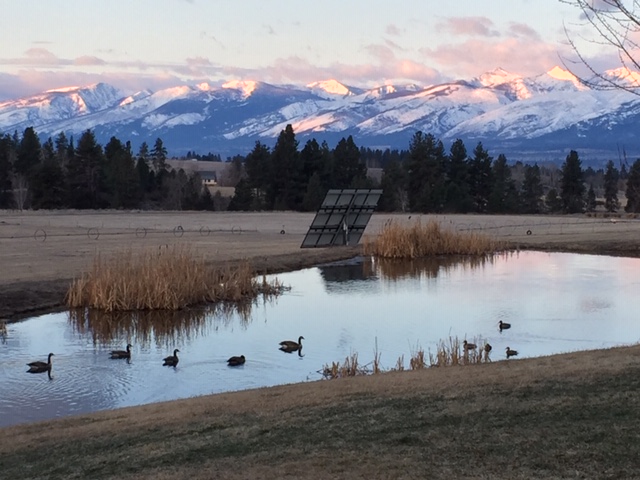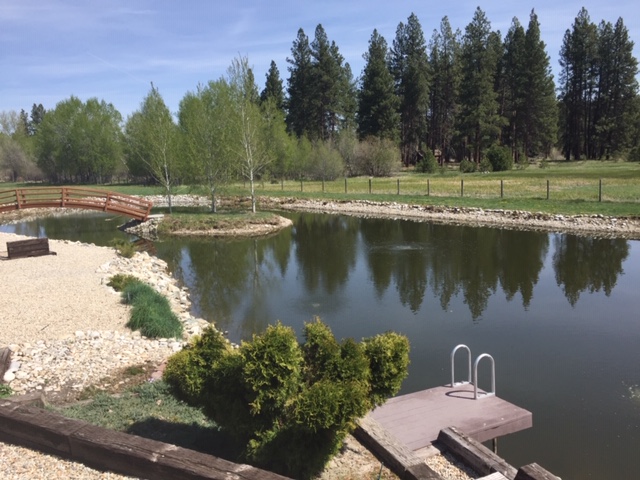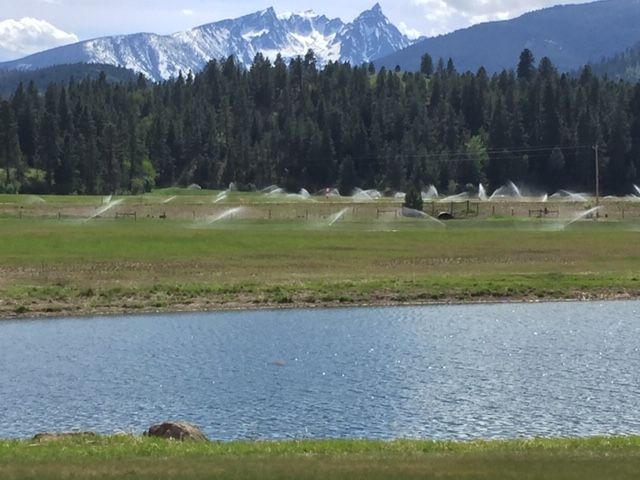Where do ponds and water gardens get algae?
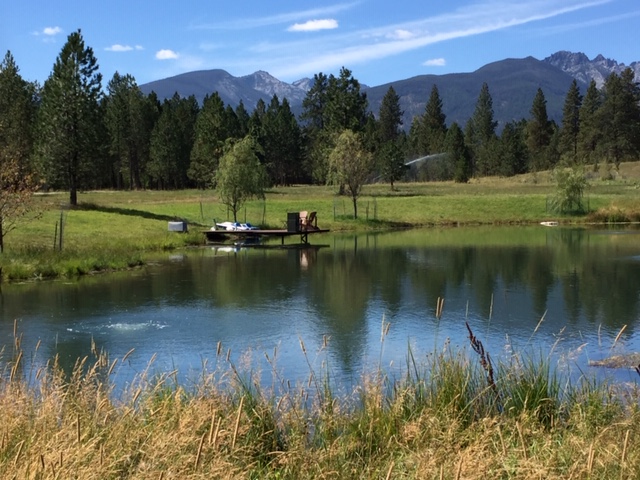
Algae is naturally occurring throughout our environment. It is found in freshwater, brackish water, and salt water. It is moved throughout our environment by water cycles, wind, rain, runoff, and floods. In addition, birds and some animals can move it from one location to another, especially when algae fragments, seeds, or spores become trapped on their bodies in one location and dislodged in another…
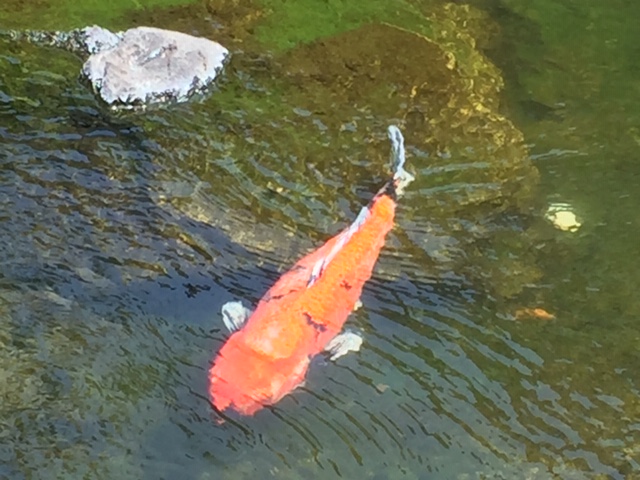
Why does algae grow, once it gets in the pond?
Algae needs several ingredients, in order to grow and flourish. They are water, carbon dioxide, and nutrients. The first two are present, as long as the pond has water, and the last one depends on local conditions…
What are the nutrients that stimulate the algae growth?
Major algae nutrients include nitrogen, found in nitrates; phosphorus, found in phosphates; potassium, found in potash; calcium; sulfur; magnesium; and carbon, hydrogen, and oxygen, found in water and carbon dioxide. Minor nutrients are called trace minerals and they include: iron, boron, chlorine, manganese, zinc, copper, molybdenum, and nickel…
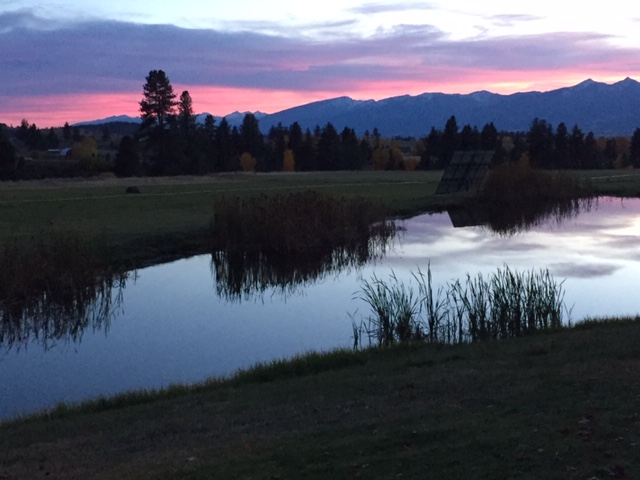
Where do pond nutrients come from?
Most all micro-nutrients, or minerals, come from the parent soil, or runoff into the pond. Additional input can come from feeding animals, living in or around the pond. The macro-nutrients, such as nitrate-nitrogen, phosphate-phosphorus, and sulfur, are often brought into an aquatic environment by waterfowl, such as ducks and geese. If the pond has fish and they are being fed with fish food, this practice provides another source of nutrients. Rainfall and snow can also provide an additional source of nutrients, both directly and indirectly, from runoff into a pond or aquatic environment… This later source of nutrient input is especially prevalent in areas that are downwind from industrial operations that are burning fosil fuels, such as oil or coal. Burning natural gas does not provide the same by-products, and does not add to nutrient buildup…
How do you reduce or control these algae-stimulating nutrients?
The best way to reduce the nutrient buildup in an aquatic environment is to use pro-biotic, or beneficial, pond bacteria. They reduce nutrients naturally, by processing the nitrogen compounds back to the air and binding up the phosphate. Therefore, the nitrogen is taken out of the water and the phosphate is removed from stimulating plant growth. The latter is especially important since phosphate has been proven to be the limiting factor in algae growth… Various natural approaches to removing pond nutrients are noted in the links below, including large ponds and lagoons, pond aeration, pond videos, small ponds and water gardens, and septic tanks and leach lines:
- Pond Management Questions & Answers1 product
- Small Ponds and Water Gardens1 product
- Large Pond/Lagoon2 products
- Natural Pond Treatment Videos5 products
- Manage Septic Tanks/Leach Lines1 product
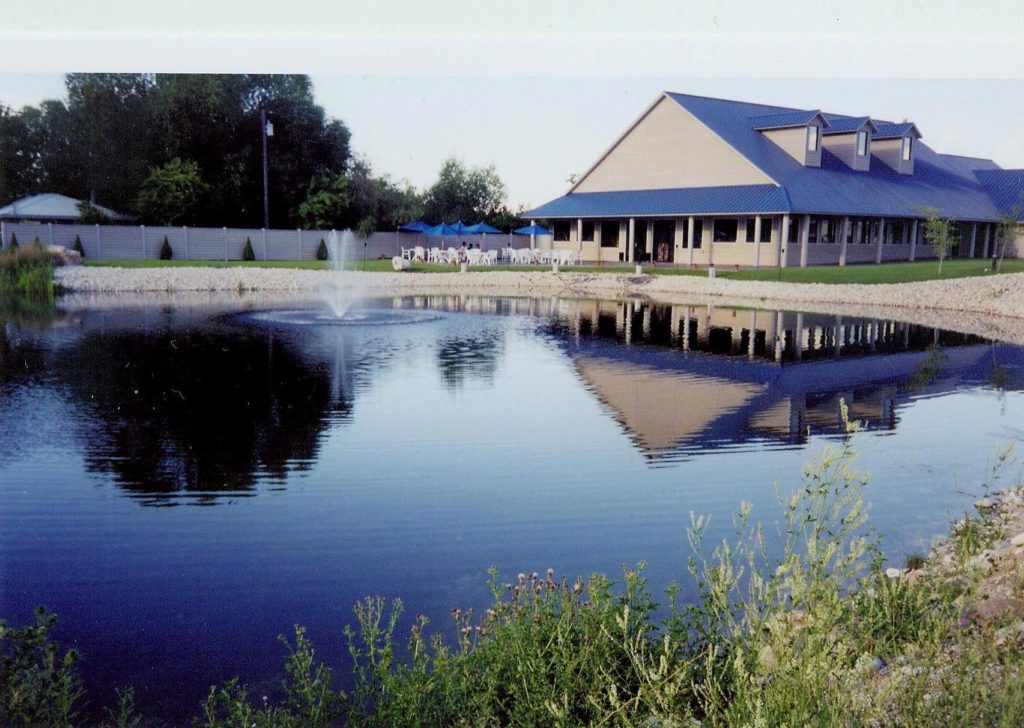
How often do you have to treat with beneficial pond bacteria?
It is recommended that treatments occur on a monthly basis during the warmer months of the year. Practical experience has indicated that the AquaPros, or Super AquaPros, product line works best when surface pond temperatures are over 60 degrees Fahrenheit in the afternoon… If a water garden, or pond, is particularly problematic, it is recommended to do a double-treatment in the beginning, in order to properly seed the bottom ecosystem and jump-start to reclamation process…
What dosages are appropriate for the most efficient usage of AquaPros, or Super AquaPros?
For small water gardens, when using AquaPros, the dosage is one teaspoon for approximately 1,000 gallons. This dosage can be increased when the algae growth is particularly problematic, and the dosage cycle can be increased to weekly or bi-weekly until the situation imporves.
For ponds and lagoons, when using Super AquaPros, the dosage is 1-lb for up to 5 acre-feet, or 1,500,000 gallons of water. This pound is mixed with 25 gallons of water and heated and bubbled for 24 hours, in order to attain the maximum concentration of beneficial bacteria, or over 1 trillion, cell-forming units per gallon. See information video here, https://www.environmentalsolutions.net/?product=brewing-super-aquapros-part-1 and here, https://www.environmentalsolutions.net/?product=brewing-super-aquapros-part-2
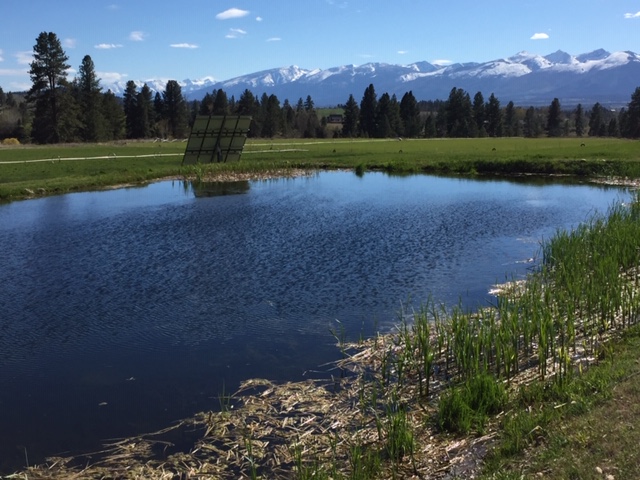
How effective are beneficial bacteria for treating ponds?
The effectiveness of AquaPros and SuperAquaPros for treating water gardens and ponds depends on local conditions and repeated dosages. Since the products and the processes are natural and ecologically-appropriate, it is gradual and may take several weeks to notice improvements.
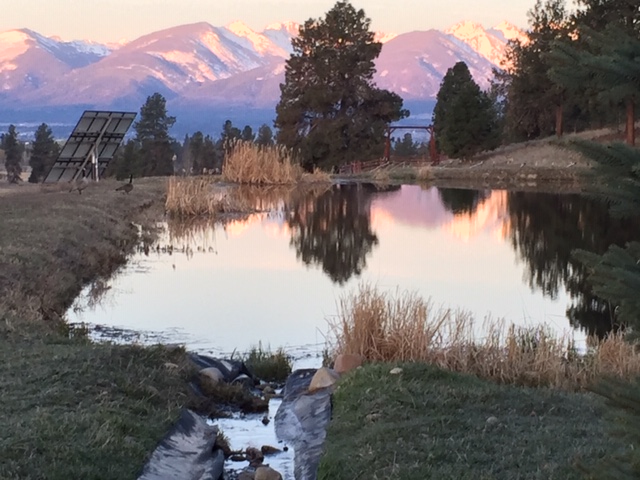
What changes in pond appearance or water quality are likely to occur from bio-remediation, using AquaPros, or Super AquaPros?
One of the first indications of the bio-remediation of a water garden, or pond, is an improvement in water clarity. This improvement will only occur in those aquatic environments, where the water has a slight green, or blue-green coloration. In those cases, the tiny, suspended algae cells will be depleted of their nutrient sources, and will sink to the bottom for further decomposition.
Additional improvements could be a change in coloration of stringy algae, or floating moss, on the surface. These color changes often go from dark green to light green, to yellow, to brown, and then black. Eventually most of the floating, stringy algae will disappear.
Another category of pond algae is the rooted algae, which is rooted in the pond’s bottom if there is no pond liner present… When Super AquaPros is applied to these environments, and pond nutrients are withdrawn, you may see a color change at the ends or tops of the plants, which could be a yellow, creamy, or white color. These conditions indicate a dying of the plant, due to nutrient removal from their environment…
